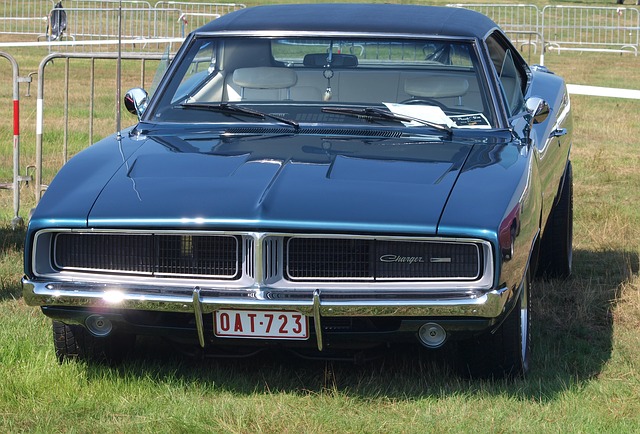
Classic cars are beloved by motor enthusiasts across America, with the Dodge Charger and Ford Mustang leading the pack. These cars require special care and maintenance, so shipping them can sometimes feel like a risky business.
These top tips will help you transport your classic car safely.
1. Check before you ship
Perhaps the most important tip of all, this applies to cars of any make or age. Check the vehicle’s bodywork, fluid levels, brakes, and engine condition before you hand it over to the shipping company. Where possible, also get a condition report that lists even minor dents and scratches. You want your car to arrive at its destination in exactly the same condition as it left. Ensure that the courier signs the condition report. If the car arrives with additional faults, you know who’s liable.
2. Choose enclosed transportation
Most auto transport companies like https://guardianautotransport.com/texas-auto-transport/ offer the choice of delivering your vehicle open or enclosed. There’s a price difference, but enclosed offers far more protection. Cars that are shipped open are completely exposed to the elements as well as any debris from the road. While most newer cars are more than capable of standing up to this treatment, it’s not worth the risk with a classic car. Choosing enclosed shipping offers peace of mind, and you’ll always know that your vehicle is fully protected.
3. Pay attention to liability
It’s tempting to imagine that auto transport is straightforward: if anything happens to your car during transit, the company is responsible. In reality, auto transport insurance is complex and at times confusing. The best thing to do is ask to see the companies insurance policy. Check what’s covered and (most importantly of all) that their insurance costs are enough to cover the value of your car. Always keep a copy of the insurance policy and seek additional protection elsewhere if required.
4. Don’t ship additional items
This includes spare tires, parts, or anything else that isn’t the vehicle itself. Rules differ about what extras you’re allowed to transport alongside your car, but it’s much better to keep things simple and opt for nothing. Carriers aren’t liable for additional items even if they agree to transport them, and since this is a legal grey area, it’s strongly advised against leaving things in the car. Anything else you need can be shipped through different means.
5. Prepare, instruct and respond
Follow all the usual tips you would when transporting any vehicle, including emptying the fuel tank to just 1/4. Don’t be afraid to give your courier written and specific instructions. Auto transport companies are professional operations that ship hundreds of vehicles a day, but every car is different, and there’s no harm in giving your courier a few additional guidelines. This relationship works both ways, though. Ensure that you’re available while the vehicle is being shipped. Couriers will not only provide updates, but if they encounter any problems (difficulty parking, narrow roads etc) they’ll contact you.
Tags: classic car, Dodge, Dodge Charger


